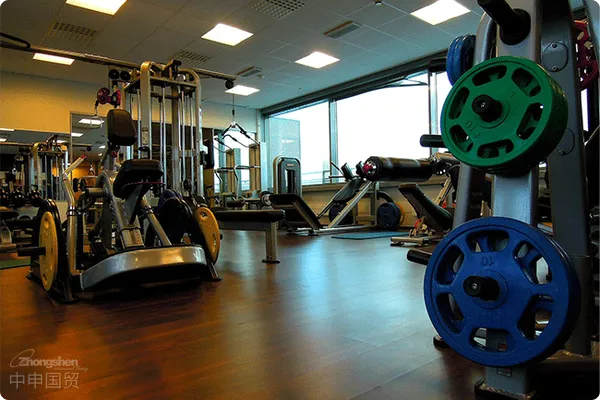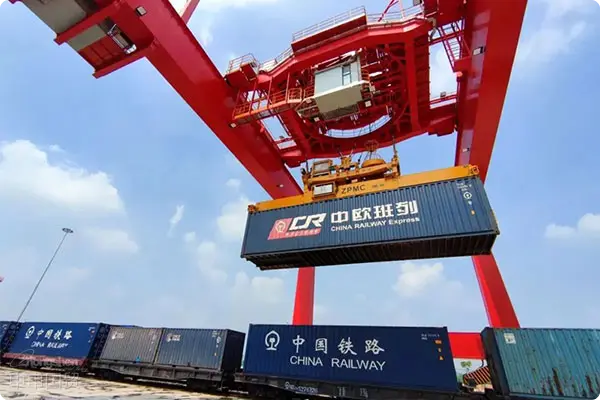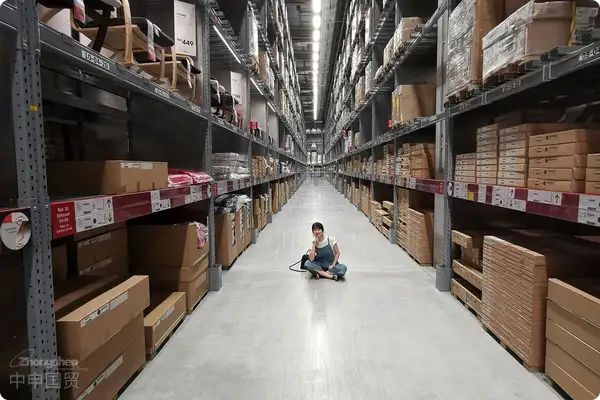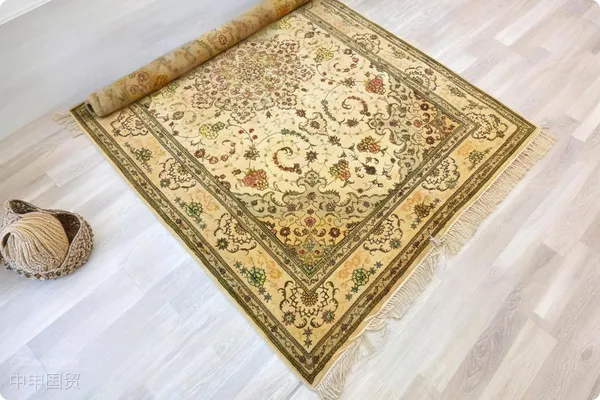- Shanghai Zhongshen International Trade Co., Ltd. - Two decades of trade agency expertise.
- Service Hotline: 139 1787 2118
With the increasing popularity of healthy lifestyles, the market demand for fitness equipment continues to grow. In large cities, high-pressure and fast-paced lifestyles are driving more people to turn to fitness equipment to improve physical health and quality of life. This article aims to provide a comprehensive checklist of considerations for businesses and individuals importing and purchasing fitness equipment to ensure a safe, compliant, and efficient import process.

I. Access Requirements for Importing Fitness Equipment
(1) The Necessity of CCC Certification
Imported fitness equipment, especially those with electronic or electrical components such as treadmills, must comply with Chinas Compulsory Product Certification (CCC). This is a critical step to ensure product safety and compliance with national standards. Key components without CCC certification cannot be imported separately.
(2) Labeling of Toxic and Hazardous Substances
According to the Management Measures for the Restriction of the Use of Hazardous Substances in Electrical and Electronic Products, imported fitness equipment must clearly label the hazardous substances contained and their environmental usage period, which is crucial for protecting consumers and the environment.
(3) Declaration Process
- Commodity classification
- Prepare declaration materials
- Declaration
- Online Verification
- Reserve sufficient customs clearance time
- Obtain Import License
- Customs Clearance
- Post-Clearance Supervision
Determining the correct classification of fitness equipment is the first step in the declaration process. Equipment must be classified under the appropriate tariff code according to the Customs Commodity Specification Declaration Catalog. For example, a complete treadmill may fall under 9506911110, while its parts and accessories may fall under 9506911190.import and exportFor equipment without explicit classification requirements, such as elliptical machines or rowing machines, they are generally classified under tariff codes like 9506911900.
Importers must prepare a complete set of declaration documents, including commercial invoices, packing lists, shipping documents, contracts, etc., which serve as the foundation for customs declarations.
If the equipment contains key components requiring CCC certification, such as electric motors, the CCC certification certificate number must also be submitted.
Submit the declaration documents to customs through an authorized customs broker. This typically involves the submission of electronic data and paper documents.
Customs will review the submitted documents to confirm whether the equipment complies with Chinas import regulations. If questions arise, additional information or on-site inspections may be required.
For equipment requiring CCC certification, customs will conduct online verification to ensure the submitted CCC certificate is valid and matches the imported product.
Once customs approval is obtained, importers must pay the corresponding tariffs and value-added tax based on the equipments classification.
For certain special fitness equipment, an import license may also be required, which must be obtained before the goods are released.
After all taxes and fees are paid, and all documents are complete and approved, customs will release the goods, allowing importers to retrieve the equipment for sale or personal use.
Even after the goods are released, customs may conduct post-clearance supervision inspections to ensure the imported fitness equipment complies with regulations during market use.
Even if the goods have been released, customs may still conduct subsequent regulatory inspections to ensure that the imported fitness equipment complies with regulations in the market.
Market regulatory authorities may also conduct random inspections on equipment to ensure its safety during post-sales use.
II. Regulatory Requirements for Fitness Equipment
(1) Compliance with mandatory standards
Imported fitness equipment must comply with Chinas relevant mandatory standards, such as the Stationary Training Equipment standard series, to ensure product safety and quality.
(2) Details of safety requirements
In addition to basic stability and electrical safety, fitness equipment should also meet safety requirements for entry/exit mechanisms and adjustment locking mechanisms. Taking treadmills as an example, they must also comply with specific safety requirements and testing methods.
(3) Markings and instructions
Products must have permanent markings including manufacturer information, maximum load capacity, etc., and provide Chinese instructions containing usage guidelines, warnings, graphical illustrations, etc., to guide users in safe operation.
III. Key Considerations When Purchasing Fitness Equipment
(1) Fitness objectives and equipment selection
Carefully consider the type and functionality of required equipment based on individual or institutional fitness goals, such as strength training, aerobic exercise, or flexibility training.
(2) Equipment quality and safety
When purchasing, consider the manufacturing quality, safety performance, and whether the equipment has obtained relevant certifications, as these factors directly impact user safety and fitness effectiveness.
(3) After-sales service and maintenance
Understand the equipments maintenance requirements, warranty period, and after-sales services provided by the manufacturer. Good after-sales service and maintenance plans can extend equipment lifespan and ensure long-term return on investment.
Related Recommendations
? 2025. All Rights Reserved. Shanghai ICP No. 2023007705-2  PSB Record: Shanghai No.31011502009912
PSB Record: Shanghai No.31011502009912










